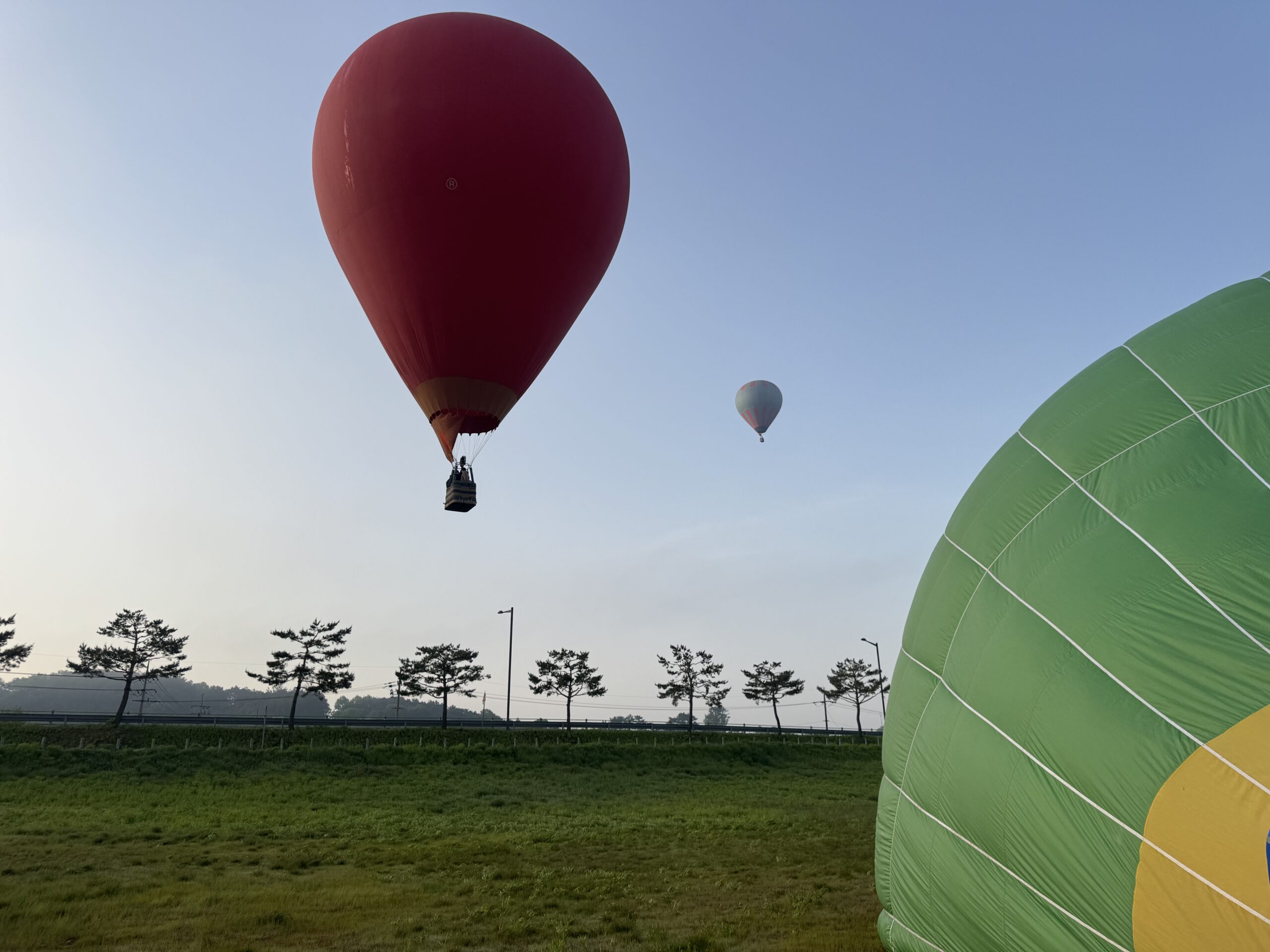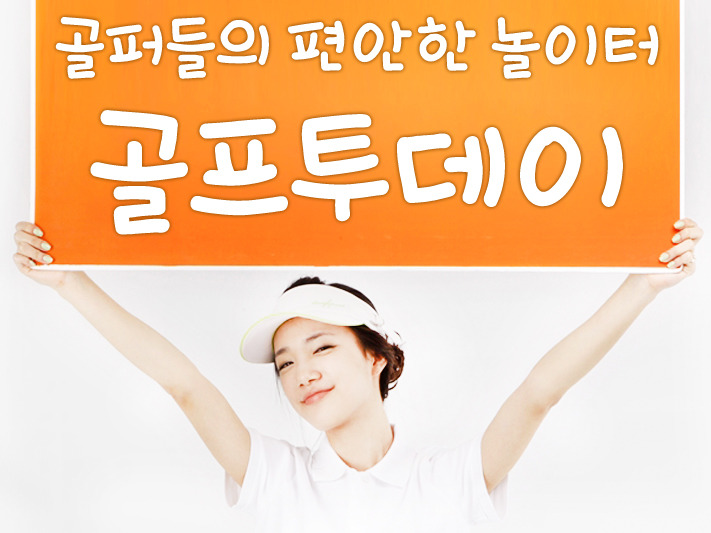Grounding Techniques for Anxiety: How Connecting to the Earth Can Help Calm Your Mind
Introduction: Why Grounding Works for Anxiety
In moments of high anxiety, your mind can feel overwhelmed with racing thoughts, stress, and fear. One of the most effective and natural ways to calm anxiety is through grounding techniques — practices that help you reconnect with the present moment and your surroundings. Among these techniques, earthing (or grounding through direct physical contact with the Earth) is one of the simplest and most powerful ways to calm the nervous system and restore mental balance.
What Is Grounding (Earthing)?
Grounding involves making direct physical contact with the Earth’s surface — walking barefoot on grass, sitting on the ground, or using specialized grounding mats indoors. This connection to the Earth’s natural energy helps to balance your body’s internal electrical system, reducing stress, promoting relaxation, and improving mood.
1. The Science Behind Grounding and Anxiety Relief
When you’re grounded, the electrical charge from the Earth flows into your body, discharging excess positive ions and restoring a natural balance. Research suggests that grounding may:
- Lower cortisol levels, reducing the body’s stress response
- Increase serotonin and dopamine production, improving mood and relaxation
- Normalize heart rate variability (HRV), a key indicator of emotional stability
- Calm the nervous system, promoting deeper relaxation and sleep
In essence, grounding helps to reset your body’s physiological response to stress and anxiety, allowing you to feel more centered and in control.
2. How to Practice Grounding for Anxiety Relief
1. Barefoot Walking on Natural Surfaces
The most direct way to ground yourself is to walk barefoot on grass, sand, or soil. Walking on these natural surfaces helps your body absorb the Earth’s energy, immediately reducing tension and stress.
- Start with 10–15 minutes of barefoot walking on a safe, clean surface.
- Pay attention to the sensations under your feet — feel the texture, temperature, and pressure of the Earth.
- Focus on slow, mindful breaths as you walk, grounding yourself in the present moment.
2. Sit or Lie on the Ground
Find a quiet, natural space and either sit or lie down directly on the Earth. Lean back, close your eyes, and breathe deeply, allowing the Earth’s energy to help reset your mental state.
- This can be done on grass, dirt, or even a sandy beach.
- As you sit, focus on the feeling of the Earth supporting your body. Imagine yourself releasing tension and absorbing calm from the ground beneath you.
3. Use a Grounding Mat or Pad Indoors
If you don’t have easy access to natural surfaces, a grounding mat can bring the benefits of earthing indoors. These mats are designed to connect to the ground through an electrical outlet, allowing you to connect with the Earth’s energy even while at home or at work.
- Spend 20–30 minutes sitting or standing on the mat while working, reading, or meditating.
- It’s an excellent option for grounding during stressful workdays or when you need a quick mental reset.
4. Touch Trees or Plants
Physical contact with plants or trees can also have grounding benefits. Trees have been shown to have a calming effect on the nervous system, and spending time with them can help release built-up stress.
- Hug a tree or rest your hands on a tree trunk for 5–10 minutes.
- Sit on the ground with plants around you or near a garden to feel a deeper connection with nature.
3. The Mental Health Benefits of Grounding for Anxiety
Grounding practices not only have a physical effect on the body, but they also recalibrate your mental state, making them especially beneficial for managing anxiety. Some of the benefits include:
- Instant stress relief: Grounding helps calm the body’s fight-or-flight response, reducing anxiety levels in moments of distress.
- Improved focus and clarity: By focusing on the present moment, grounding practices help reduce mental clutter and improve concentration.
- Greater emotional resilience: Regular grounding can make you more emotionally stable and resilient to stressors.
- Better sleep: Grounding can help normalize cortisol levels, making it easier to unwind and fall asleep at night.
4. Additional Grounding Techniques for Daily Use
1. Grounding Breathwork
Pairing grounding with breathwork can increase the benefits. Try box breathing or 4-7-8 breathing while seated or lying on the ground to deepen relaxation and clarity.
2. Visualization for Grounding
If you can’t physically ground yourself, try a visualization exercise. Imagine that you are growing roots from the bottom of your feet, anchoring you to the Earth. Visualize these roots absorbing calming energy and releasing tension.
3. Mindful Walking in Nature
When walking in nature, make it a practice of mindfulness. Focus on the sounds, sights, and smells around you. This brings your mind into the present moment and provides a mental reset.
5. How Grounding Improves Overall Mental Health
Regular grounding practices can have long-term effects on your mental health. By reducing chronic stress and anxiety, grounding helps you maintain emotional balance and improve overall well-being. Over time, grounding can:
- Help manage symptoms of depression and anxiety
- Support mental clarity and cognitive function
- Improve emotional regulation and mood
- Increase self-awareness and mindfulness
- Build stress resilience, making you better equipped to handle life’s challenges
Conclusion: Ground Yourself for a More Balanced Life
Grounding is a simple but incredibly powerful technique for managing anxiety and improving overall mental health. Whether you’re walking barefoot on grass or using a grounding mat indoors, these practices offer immediate relief and long-term benefits for both your body and mind. Start incorporating grounding into your daily routine, and feel the positive impact it has on your stress levels, emotional resilience, and clarity.
grounding techniques for anxiety, how grounding helps anxiety, earthing for mental health, reduce stress naturally, grounding for emotional balance, anxiety relief techniques, grounding benefits for the nervous system, calming grounding exercises, mental health grounding practices, anxiety management with grounding




